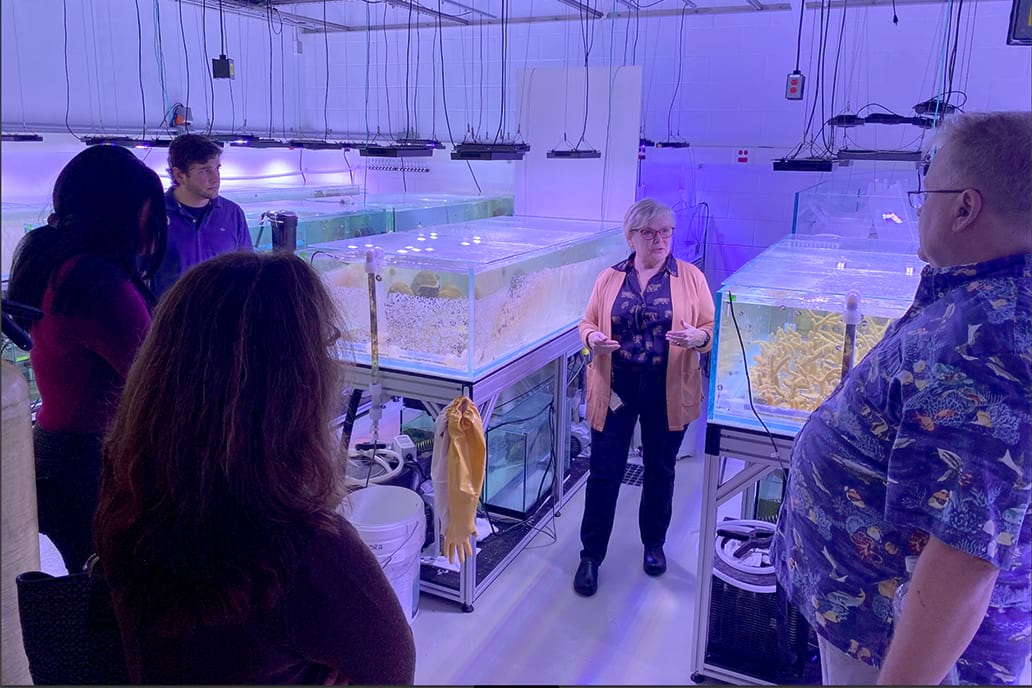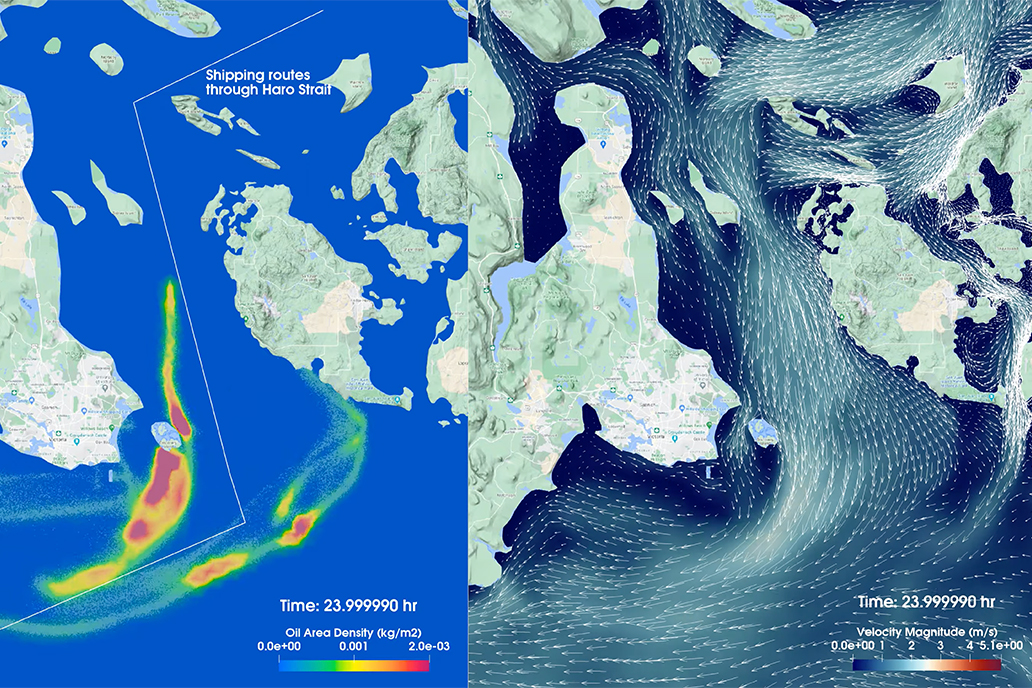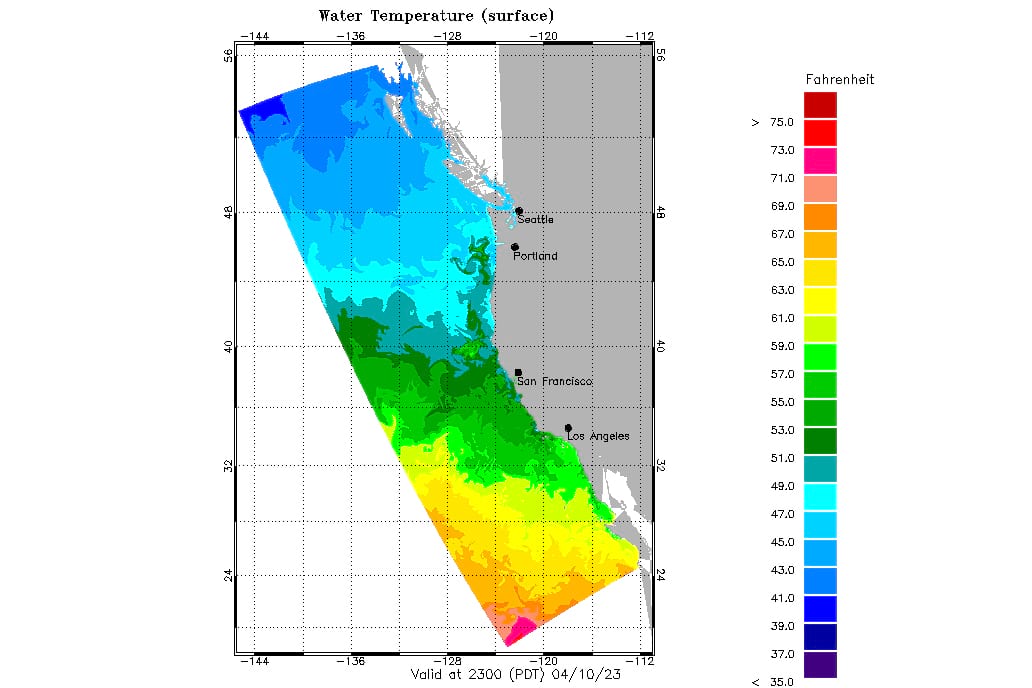NOS Modeling Strategy (2023-2028)
Reliable, accurate, and accessible predictions of coastal conditions
Coastal communities need answers to critical questions about future water levels, flooding, and water quality from a moment-by-moment to a multi-decadal basis and at every increment in between. Mounting threats and costs from extreme events, cascading hazards, and aging and deteriorating coastal and inland infrastructure endanger both the 42% of the U.S. population that call coastal areas home and the 48% to the Nation’s Gross Domestic Product (GDP) that is produced there.
Preparing for, and becoming resilient to, threats from a changing climate requires predictive capabilities that must provide useful information across spatial and temporal scales—from the nearshore coastal waters to the global oceans and from days to decades.
NOS is uniquely positioned to lead the development of such a coastal and ocean prediction capability and to effectively deliver the range of applications and services needed to meet the threats facing impacted coastal communities along the U.S. coasts and the Great Lakes.
The NOS Modeling Strategy provides a strategic approach to improving the simulation and prediction of coastal and ocean phenomena and for working with community partners across NOAA, the federal government, academia, and the private sector to build and advance models to issue reliable ocean predictions and address the needs of the public. The NOS Modeling Implementation Plan serves as a roadmap to meet the Modeling Strategy and focuses on primary goals, with commitments to support successful execution and detailed supporting actions.

Citizens, private enterprises, and coastal communities require predictive information about our ocean and coasts to prepare for and respond to extreme events, plan infrastructure projects to ensure coastal resiliency, forecast for food production, and mitigate billion-dollar disasters. For this information to be useful, usable, and used, the broader community — which includes all individuals and organizations from every sector, state, and nation — is needed to provide input on their current and emerging needs and to co-produce with NOS the tools and services that will meet those needs. NOS commits to sustaining predictable, coordinated, and transparent engagement and partnerships across the community including NOAA Line Offices, other federal agencies, state, local, and tribal governments, non-profits, academia, and private industry.

Users of NOS’ coastal, ocean, and Great Lakes models and information have a wide variety of needs for predictive information about our oceans and coasts. Meeting these needs demands a collection of models that are flexible, multipurpose, and tailorable to specific geographic or temporal scales. Flexible, multipurpose models also enable a transition from information provided on a temporary basis (e.g., research) to information provided on a consistent, predictable cadence basis (e.g., operational or application). NOS will provide usable, useful, and accessible information related to sea-level rise, water quantity, and water quality. The model outputs will help to better inform decisions around public health, climate adaptation and resilience, and ecological management.

NOS’ collection of coastal, ocean, and Great Lakes models will provide nowcasts, forecasts, hindcasts, reanalysis, and seasonal/climate-scale projections that can be combined in numerous ways to produce a variety of results. This coherent, national framework of models, known as an operational forecast system, will scale consistently from the macro- to the micro-levels. NOS will determine the geographic and temporal scales for the operational forecast system based on user needs and NOS’ mission, mandates, priorities, and other factors.